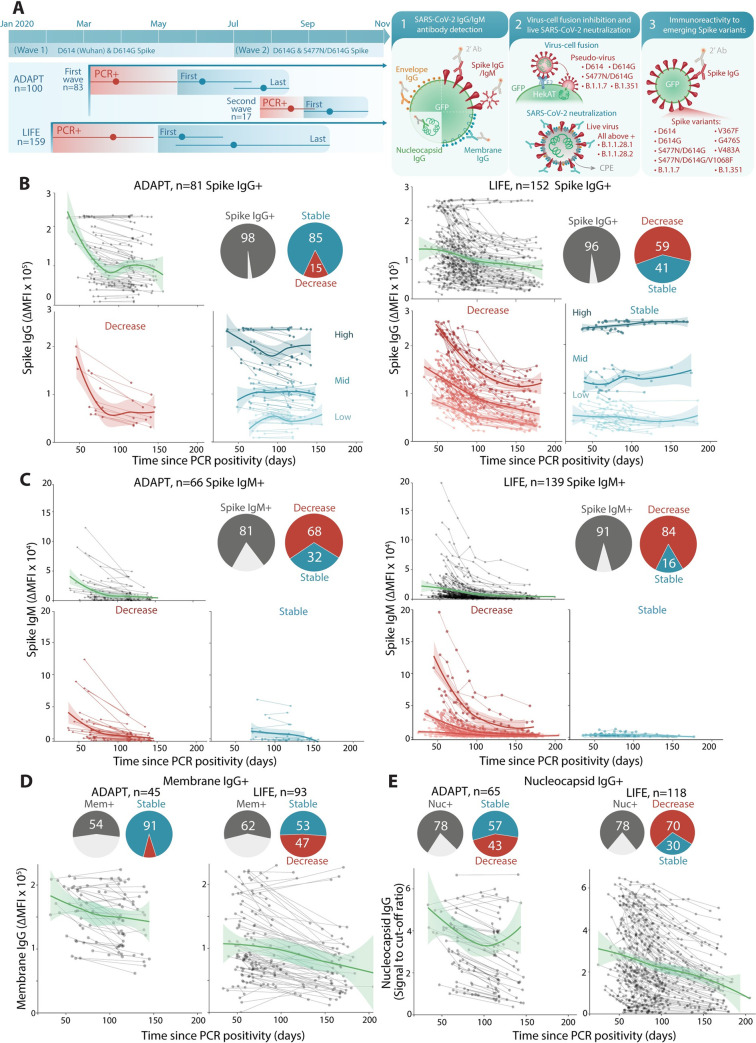Fig 1. SARS-CoV-2 antibody responses are sustained and are predominantly focused on Spike.
(A) The first wave of Australian infections were from D614 and D614G Spike and the S477N/D614G Spike variant emerged during the second wave. Convalescent patient sera from ADAPT (first and second waves) and LIFE (first wave) were examined for SARS-CoV-2 antibodies. Mean time and range of PCR positivity (red) and dates of first and last sample collection (blue) are shown. Seropositive patients with at least 3 weeks between first and last samples were examined over time. Summary schematic of the current study that includes examination of (1) patient antibody responses toward various SARS-CoV-2 antigens; (2) functional virus–cell fusion and viral neutralization; and (3) immunoreactivity toward emerging Spike variants and VOC (S1 Table). (B) 96%–98% (gray) of patients were Spike IgG+. Most ADAPT patients had stable levels overtime, whereas most of LIFE Spike IgG levels decreased. No patients seroreverted. (C) 81%–91% (gray) were Spike IgM+, most had decreasing levels over time, and Spike IgM+ individuals started with and maintained low IgM levels. (D) 54%–57% (gray) of sera were Membrane IgG+, and most ADAPT had stable levels, whereas a larger proportion of LIFE had decreasing levels. (E) 78% of sera were Nucleocapsid IgG+, most were stable in ADAPT, whereas most decreased in LIFE. Loess curves with 95% confidence intervals are shown. PCR, polymerase chain reaction; SARS-CoV-2, Severe Acute Respiratory Syndrome Coronavirus 2.

